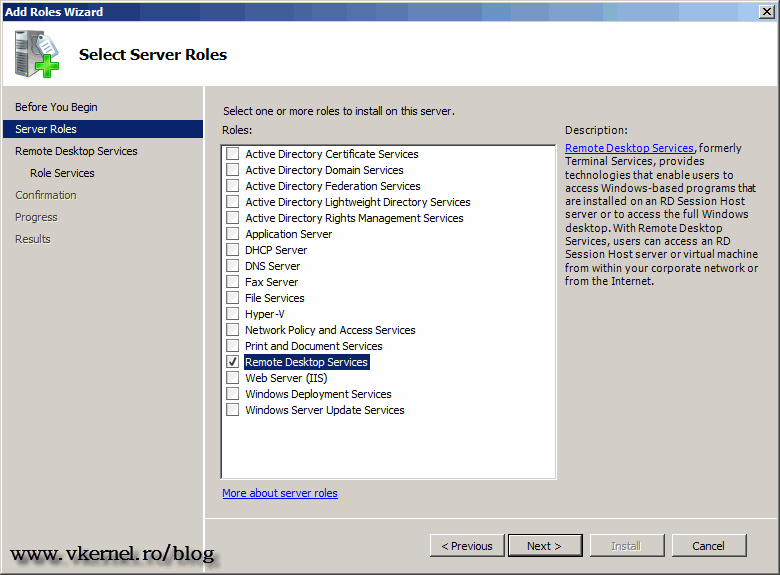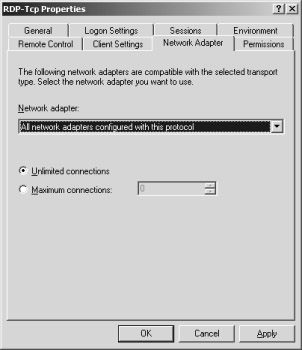

To close sessions for individual users: For each of the user's open sessions, select the user and click Delete Session (or Delete User in older Sage products).Note: If you only want to view the active sessions or users, you can view from this window then skip to step 7. From the MicroKernel menu, select Active Sessions (or Active Users in older Sage products).(Windows Server 2008, click Start and click on the Start Search box). From your Windows taskbar, click Start and then select Run.At the server, log on as Administrator.If using SQL Replicator or Mobile Projects, start Replicating again.Are you sure you want to delete all sessions?" ( Tip: If you hover over each icon, it will tell you it's function.) Then click OK on the message "This operation will also delete SQL Connection Manager users. To close all open sessions: Click the Delete all sessions button that is located in the top right-hand corner of screen.To close sessions for individual users: Right click on the row and select Delete MDKE session.Re-verify that the user has completely closed the software.Note: If you only want to view the active sessions or users, you can view from this window then skip to step 8. The Session column will display the Windows profile/user that has the session opened. Click on the MicroKernel Sessions tab to view the opened sessions from each user.Go to the Windows Start button, Actian PSQL 12 folder, PSQL Monitor.Verify all users have exited all Sage 300 CRE and Sage Estimating applications.Refer to How to stop Mobile Projects Replicator (SQL Replicator). If you are on version 17.1 or newer and using SQL Replicator or Mobile Projects, you must stop Replicating before performing these steps.

Be sure to also close, stop, or disable any other software applications you use that interface with Sage 300 CRE or Estimating, such as TimberScan, Paperless, Office Connector, Tech Tool, etc.

This will release the file if it is locked at the workstation level. Power off the workstation instead of just logging out.


 0 kommentar(er)
0 kommentar(er)
